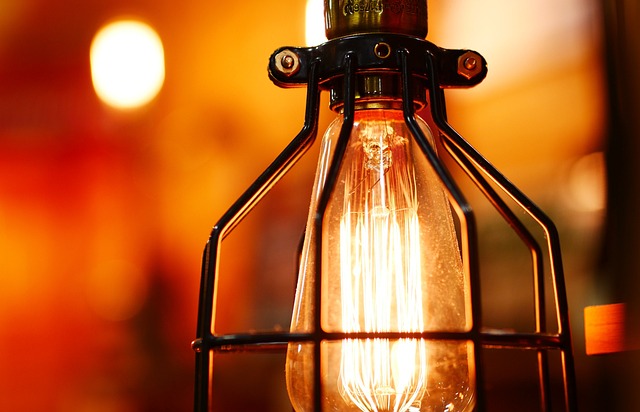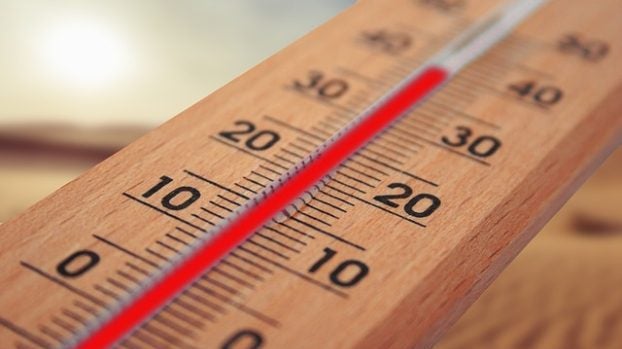What is the ‘Clean Energy Fee’ showing up on my power bill?
Published 1:03 pm Friday, May 30, 2025
|
Getting your Trinity Audio player ready...
|
It’s a question multiple readers have raised over the last few months. Why is my electric bill going up? Why am I having to pay more for power? What is this ‘Clean Energy Fee’? Specifically, this piece pertains to an issue raised in an earlier Prince Edward County Board of Supervisors meeting. Supervisors David Emert and Harrison Jones raised concerns about solar energy in their vote against authorizing a new solar project in Meherrin, highlighting both the ineffectiveness and the cost involved.
On the regular bill for Dominion customers, you will find a line that says Rider CE. That’s an energy rider, a clean energy fee attached to the bill. You’ll find another one that says Rider RPS. It’s also an energy fee, attached to cover the cost of specific projects.
All total at the present time, there are eight riders attached to your Dominion power bill, each attached to either a project or a requirement handed down by the Virginia General Assembly.
Trending
One of the riders is linked to a project very familiar to some Buckingham and Prince Edward residents, for good or bad. That would be Rider T, which helps cover the cost of all the new transmission lines Dominion is required to build for solar and other projects.
Transmission lines are used to transmit electrical energy over long distances and are typically overhead, consisting of one or more conductors suspended by towers or poles. These lines are generally the lowest-cost method for power transmission for large quantities of electric energy due to good cooling and insulation provided by the surrounding air. They are categorized by voltage levels. Low voltage (LV) lines carry less than 1000 Volts, medium voltage (MV) lines range from 1000 Volts to 69 KV, high voltage (HV) lines range from 115 KV to 138 KV. That includes the one currently being examined by the regional transmission authority, to determine if Dominion needs to build a larger one before moving forward with construction on some solar projects.
What about the other riders?
Beyond those mentioned above, you’ll find a couple more riders in your Dominion bill, if you’re living in one of the homes that get power from the company. That’s 7,453 in Prince Edward, 3,906 in Buckingham, 2,926 in Cumberland and 3,414 in Appomattox.
So what are the other riders for? Take for example Rider PPA, which covers the cost of all the power purchased from other companies. Currently, Dominion doesn’t produce enough electricity to meet the commercial and residential needs in Virginia. And so, the company buys power from other sources.
There’s Rider OSW, which helps pay for the Coastal Virginia Offshore Wind project, the largest wind project in North America. That’s located roughly 27 miles off the coast of Virginia Beach. Rider PIPP helps cover low-income energy assistance programs and Rider RGGI helps pay for the changes needed to take part in the Greenhouse Gas Initiative, as ordered by the General Assembly. All of these combined add up to form just over 25% of your power bill.
A Clean Energy Fee and the Assembly
But for this piece, we’re focusing on two specific riders, as those were the ones residents asked about. Also, they’re both linked together and connected to some legislation we’ve brought up before. Rider CE helps Dominion pay for the cost of the new solar and battery solar storage projects they operate in Virginia. Rider RPS meanwhile, helps fund the changes needed as a result of the Renewable Portfolio Standard, set up as part of the Virginia Clean Economy Act (VCEA).
Trending
If that sounds familiar, we ask you to think back to January of this year, when some members of the Virginia House and Senate tried to push through bills removing local control from approval or rejection of solar projects. The creators of those bills did so, they said in session, out of concern that Virginia won’t meet the deadlines set up in the VCEA. Specifically, it requires Dominion to produce 100% renewable energy by 2045. Appalachian Power, meanwhile, has until 2050 to do the same.
On top of this, it also establishes a Renewable Portfolio Standard (RPS) requiring utilities to produce electricity from renewable sources, retire carbon-emitting facilities, and implement energy efficiency measures. That’s where the cost comes in. The Assembly is ordering Dominio, in this case, to retire their current ways of producing electricity and trade it in for wind and solar
And it’s not like Dominion can simply eliminate these riders tomorrow, even if the VCEA suddenly was struck down.
“If the VCEA was repealed tomorrow, the rider wouldn’t go away immediately because projects already included in it would need to be completed,” said Tim Eberly. He works as a senior communications specialist with Dominion. “And the associated costs would need to be recovered. So it would take some time.”
So there’s the answer as to why those riders are on your bill. That comes from bills passed by the General Assembly, requiring changes in the way power is generated.






